How important are larvae of benthic species as a food source for fish larvae? This question is addressed in an experiment we are currently running within the MarFiLD project in collaboration with Akvaplan Niva in Tromsø.
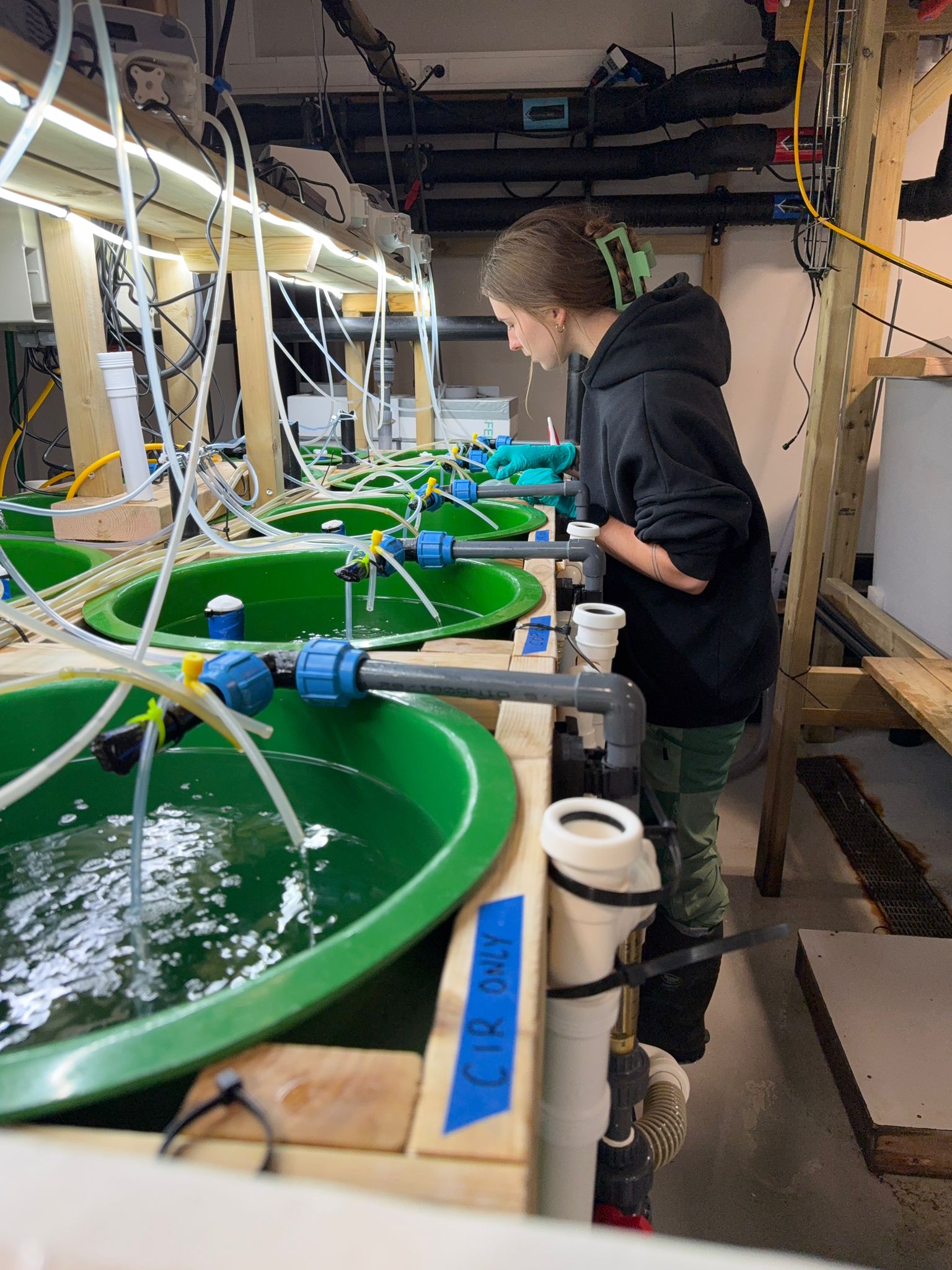
We know that young cod prefers to feed on the larvae of the most abundant plankton, Calanus copepods. But what happens if this prey is delayed and not available in sufficient numbers, e.g. due to warming of the ocean?
Sofia has designed an experiment where she is feeding cod larvae in the first three weeks of their life with different combinations of copepod and barnacle nauplii larvae. We hypothesise that barnacle larvae might represent an additional food source for early cod and other fish larvae and might even replace the copepod larvae as main food source.
In the experiment, Sofia is assessing growth rates, physiological condition, mortality and deformations of the cod larvae to find out how feeding on barnacles, copepods or a mix of both is affecting the fish larvae.
We also test in additional experiments whether the cod develops feeding preferences towards either barnacles or copepods during their first weeks of feeding. This experiment will give insights into the potential consequences of climate change on pelagic food webs and the importance of meroplankton (larvae of benthic invertebrates).
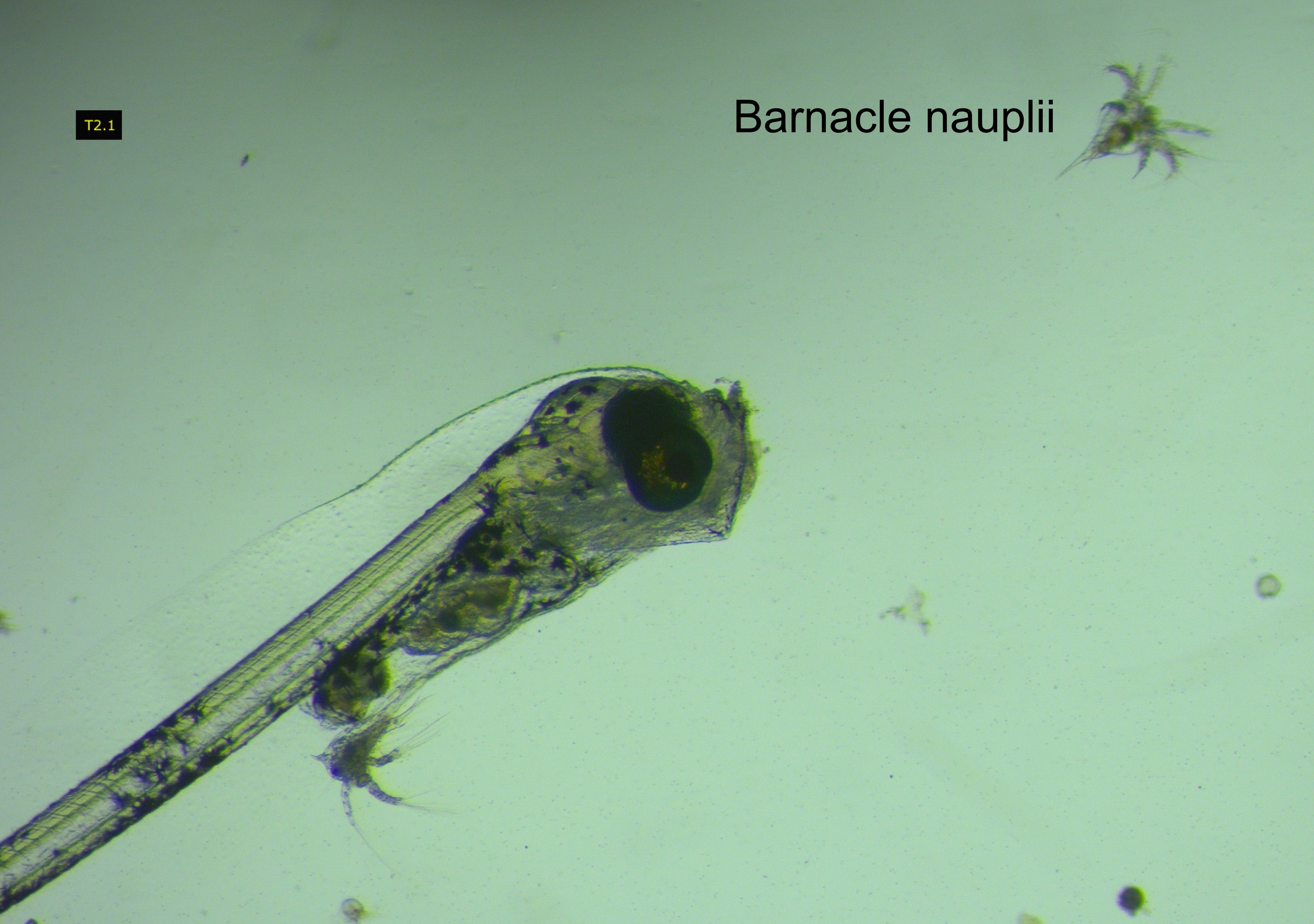
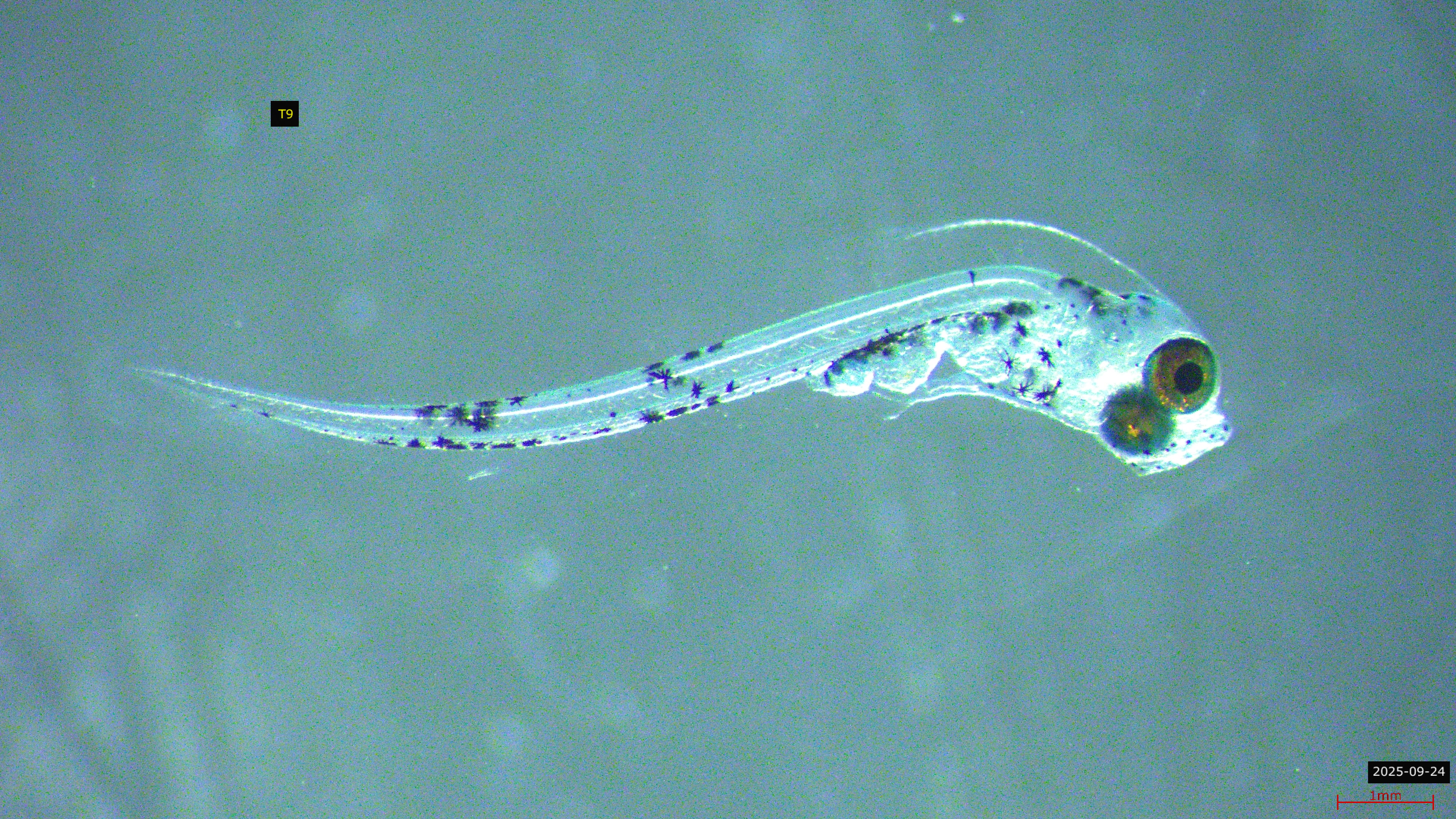
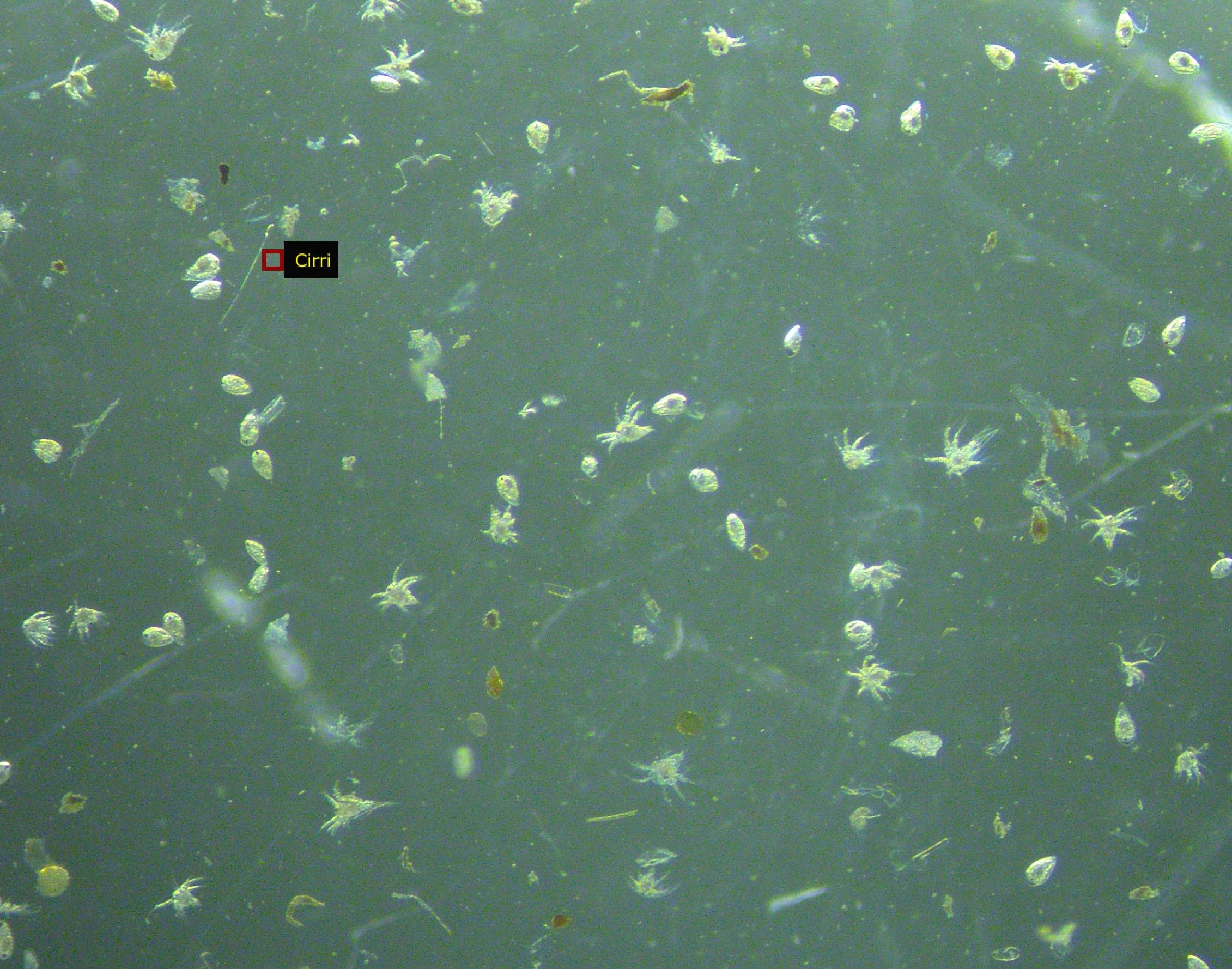
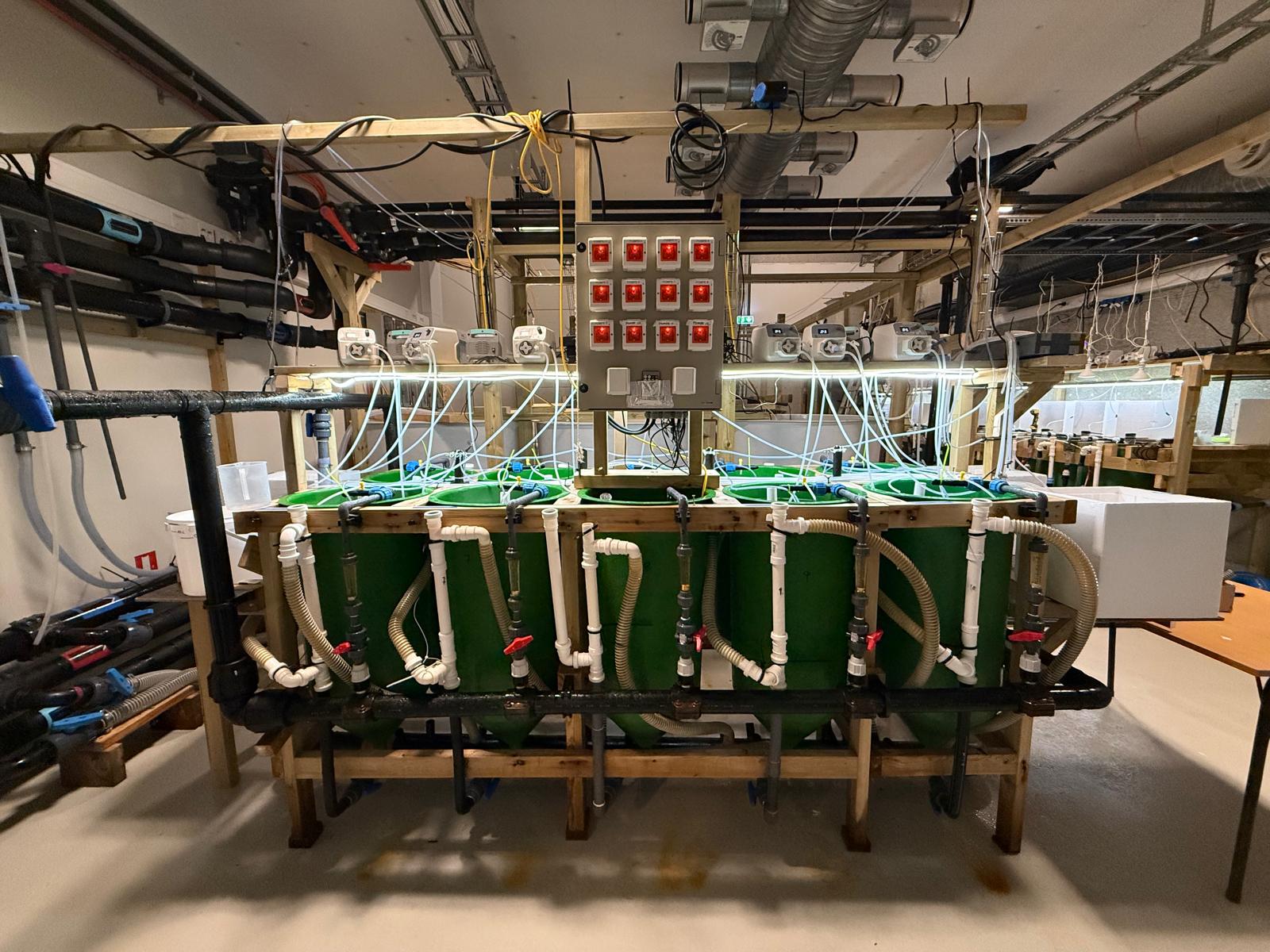
This project is funded by Harbour Energy and Nord University.